When you think of something that makes you stop and stare because it's so pretty, you're probably imagining a beautiful sunset, a flower that's finally in full bloom, or a smiling baby.
What you don't typically think of? Corn. But now, thanks to this incredible hybrid corn, you just might think of the tasty veggie differently!
That's because Glass Gem corn has become a hit. This hybrid corn features multicolored kernels that look more like pieces of jewelry than actual corn. In shades of pink, purple, yellow, and even green and blue, tis is the most stunning corn you'll ever see!
Corn has long been the major food staple, especially in the Americas, and there's a nearly endless list of ways to prepare it, from cornbread to popcorn, and of course you can just bite into an ear! The possibilities are endless — and delicious!
But this corn is a special variety similar to the kinds of corn that people in the Americas may have eaten hundreds of years ago.
Today, it's one of the many kinds stored in the seed banks of Native Seeds/SEARCH, a nonprofit seed conservation organization dedicated to preserving the ancestral agriculture of the southwestern U.S.
Check out some of the amazing glass gem corn below, and see how gorgeous corn can be!
[H/T: My Modern Met]
Thumbnail Credit: Garden Rant
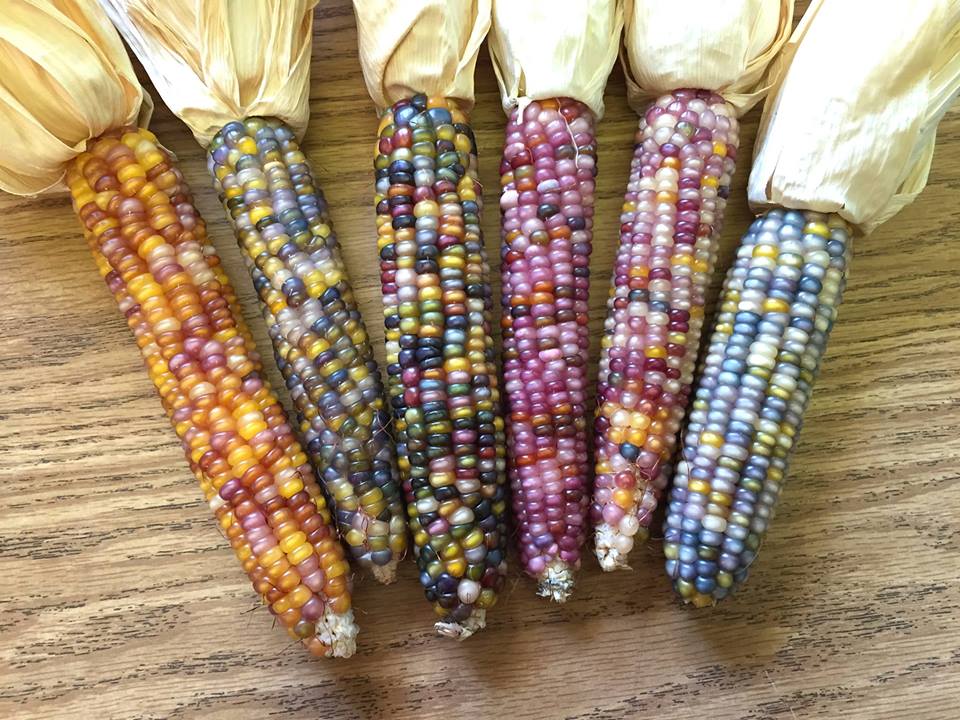
Glass Gem corn is named for its translucent, jewel-like kernels that come in all colors of the rainbow.
Looking at this, you might think it was fake, and that the maker took some artistic license with the color. But it's totally real!

Glass Gem corn was bred by farmer Carl Barnes.
He carefully combined several traditional varietals of corn to create the stunning, multicolored variety.
Barnes, who was part Cherokee, also taught the process of breeding and seed conservation to his students.
His Glass Gem corn is now part of the Native Seeds/SEARCH program, which collects and distributes heirloom and ancient crops to farmers and gardeners.
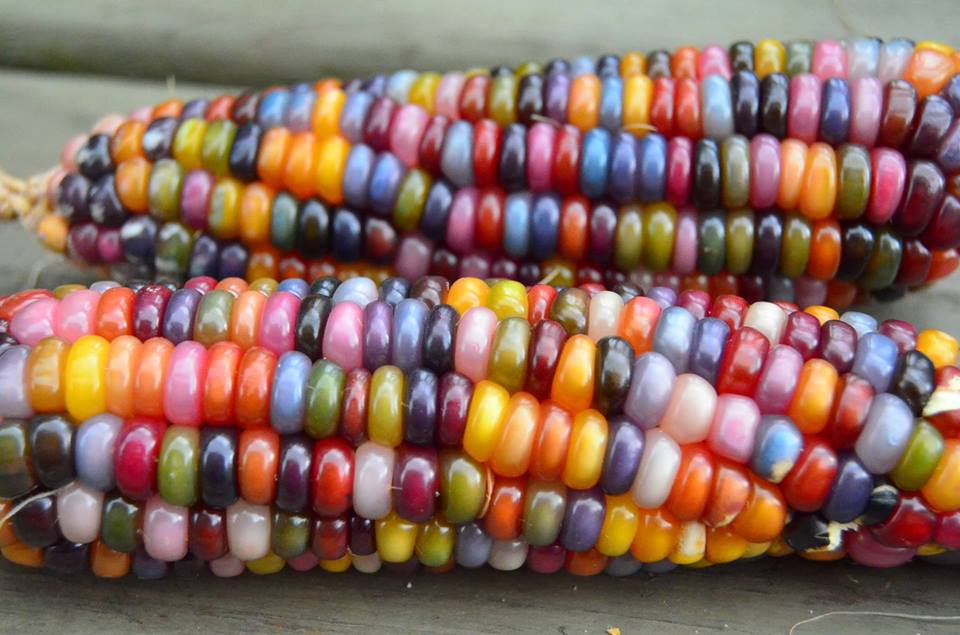
Because the seeds are hybrids of several different types of wild corn, no two ears of Glass Gem are ever alike. That means that every harvest is a rainbow!

Glass Gem is a type of flint corn, also known as "Indian" or "calico" corn, and is native to North America.
It's harder than sweet corn, but can be ground into cornmeal, puffed into hominy, or popped into popcorn.

Although to be honest, it's almost too pretty to eat!
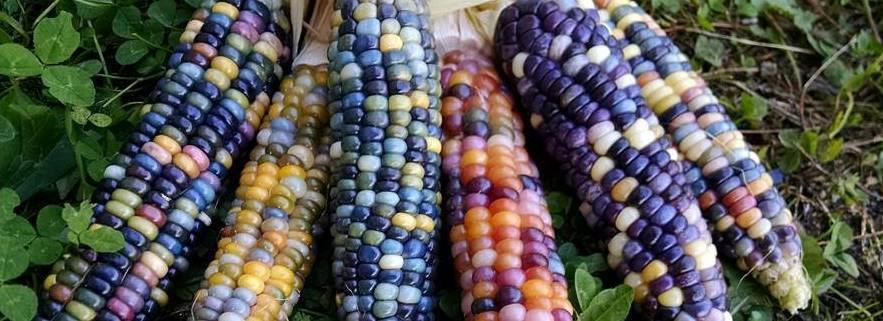
But more than being beautiful, the corn is also symbolic of the movement to preserve North America's wild, native, and traditional foods, especially as food becomes more and more homogenized.
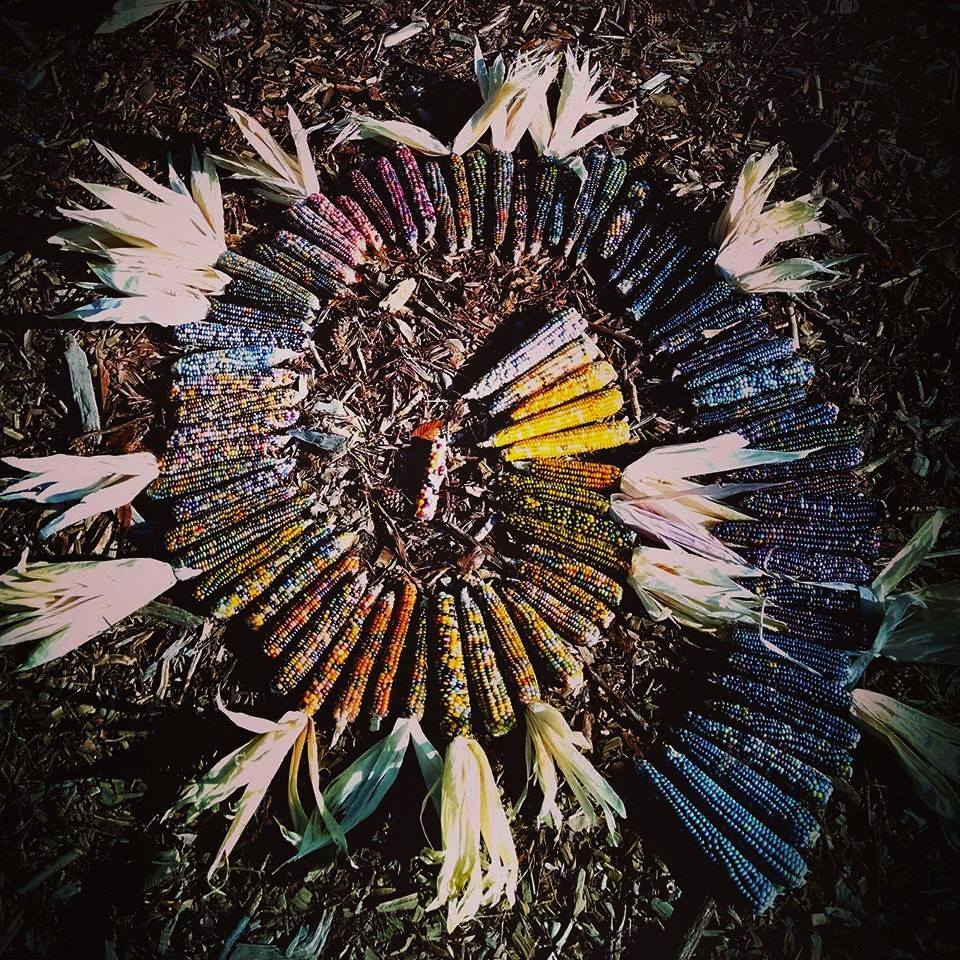
Corn like this represents the amazing diversity of plants and crops that can grow in North America, providing food, but also making the world a little more beautiful!
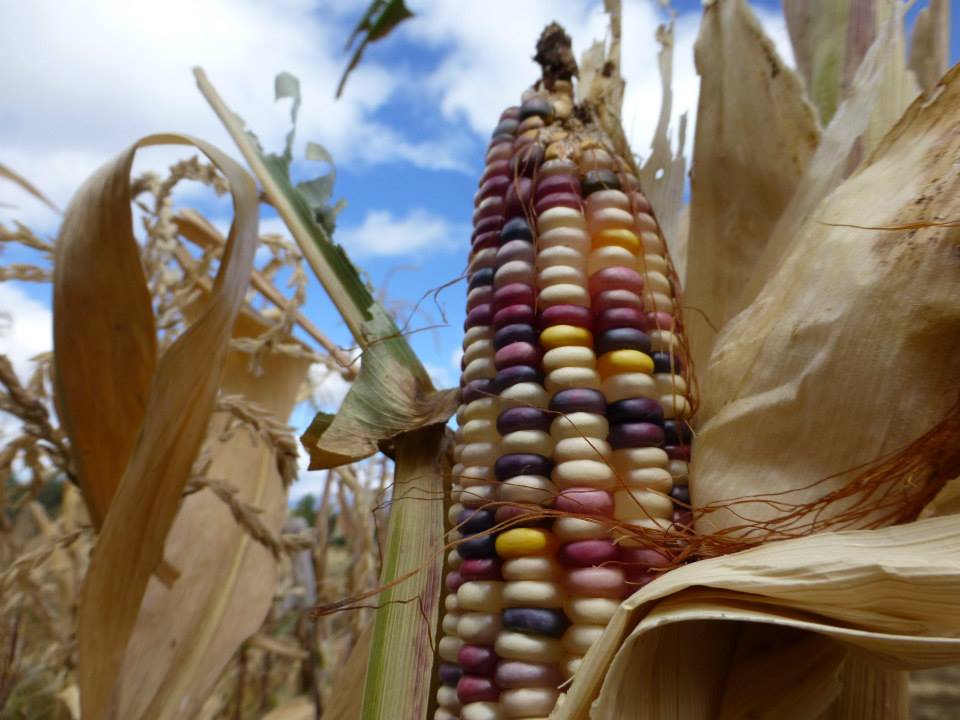
Imagine a whole field of rainbow corn!
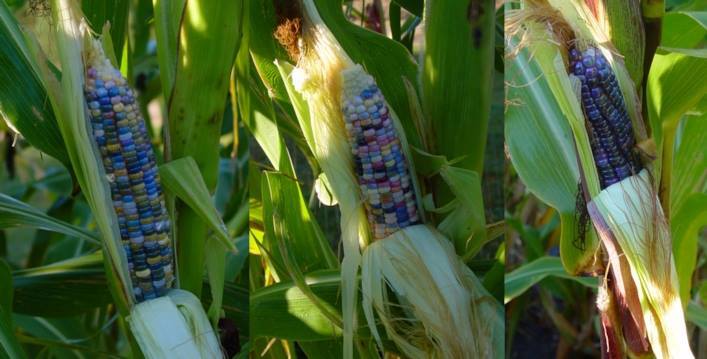
It's really stunning, and thanks to Barnes (who recently passed away) and his students and colleagues, these unique varieties of corn will continue to thrive and create diverse ecosystems across the country.
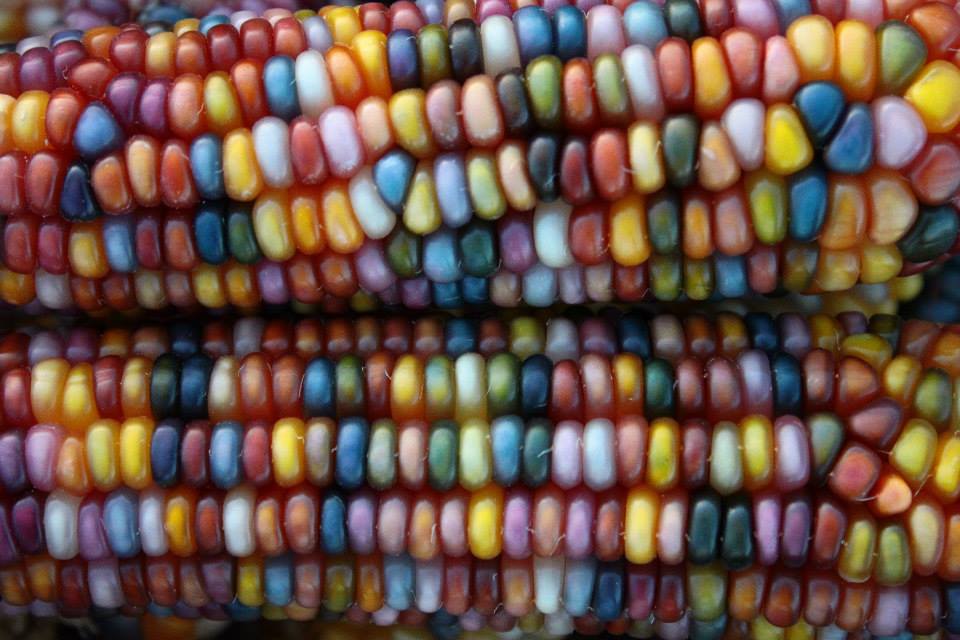
We bet you never knew that looking at pictures of corn could be so fascinating.

And they don't always turn out to be rainbow-colored. This delicate blue-and-white color scheme is just as lovely!

If you'd like some rainbow corn of your own, you can actually buy seeds online and make your own popcorn. (The popped kernels aren't rainbow. Sorry.)
You can also see more photos of these beautiful plants on Facebook, and check out what else the Native Seeds/SEARCH organization is doing on their site.
And be sure to SHARE if you think it's important to preserve our natural history!




